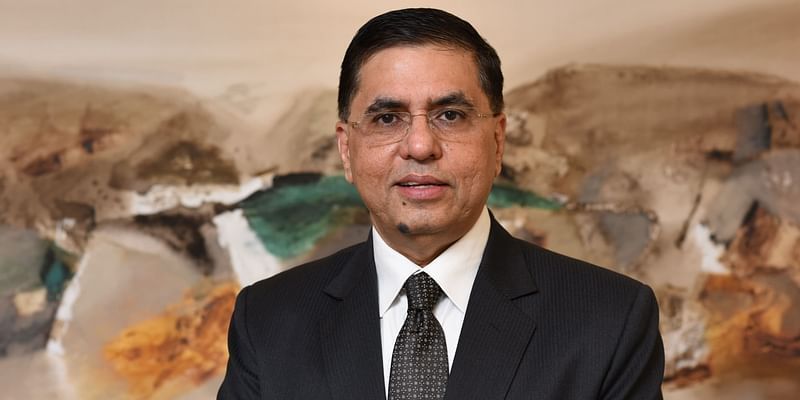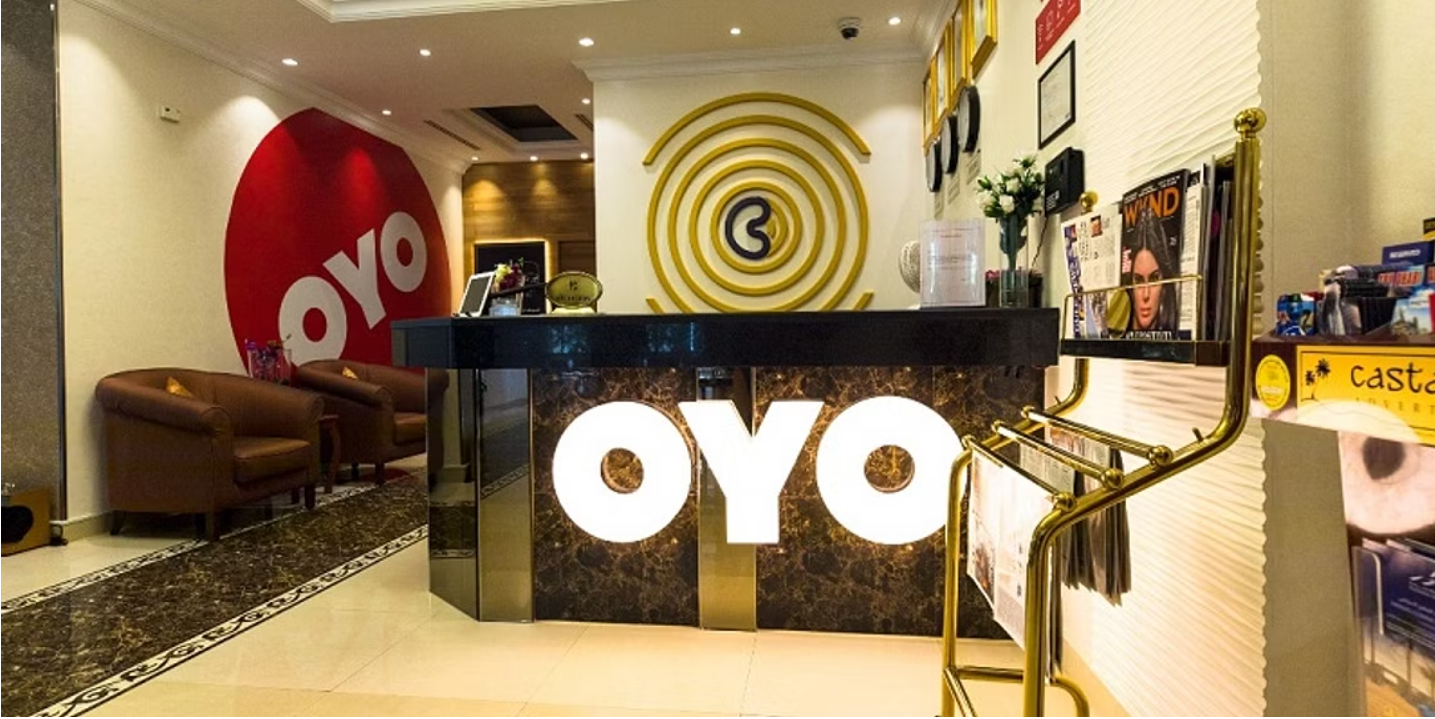Boeing: A Bumpy Ride to the ISS, But Still Holding On to the Dream
Boeing Starliner spacecraft, intended to be NASA's next crew transportation vehicle to the International Space Station (ISS), has encountered some glitches during its uncrewed test flights. Let's launch ourselves into the details and understand the situation.
Boeing's CST-100 Starliner has recently been under scrutiny due to technical issues, delaying its crewed missions. Despite setbacks, such as flammability concerns and other technical hiccups, Boeing remains steadfast in its partnership with NASA. The company's first crewed flight, known as the Crew Flight Test (CFT), is scheduled for May 6, 2024, and aims to transport NASA astronauts Butch Wilmore and Sunita Williams to the International Space Station (ISS). This marks a significant milestone for Boeing and the aerospace community.
The Crew and Mission Details
Wilmore and Williams, both veteran astronauts with extensive experience on the ISS, will be the first to command Boeing's spacecraft and are keen to ensure a smooth launch-to-landing journey. Wilmore emphasized their readiness to evaluate Starliner from launch to touchdown. The spacecraft will make it descend on land instead of water, easing recovery logistics. Their mission includes tasks akin to a routine crew rotation to validate Starliner’s operational reliability.
The Challenges Behind the Launch
Technical hurdles like flammability issues and schedule delays challenged Boeing's Starliner program. However, the recent removal of the problematic P-213 tape and other improvements helped clear several obstacles. NASA and Boeing are working meticulously to address the malfunctions and have undergone numerous checkpoints to ensure Starliner’s readiness.
NASA and Boeing’s Vision
This mission reflects NASA's commitment to diverse crewed transportation options and their collaboration with the private sector. Boeing's participation expands NASA’s capacity to safely transport astronauts, reinforcing the importance of redundancy and resilience in space missions.
With SpaceX's Crew Dragon capsule already ferrying astronauts, healthy competition pushes Boeing to improve Starliner's performance. This can ultimately lead to a safer and more reliable spacecraft for future missions.
Although technical glitches delayed Boeing’s Starliner mission, the successful collaboration with NASA underscores the importance of public-private partnerships. The mission marks a new era of innovation where perseverance and continuous improvement will ensure that Boeing remains a crucial partner in NASA's ambitious space exploration goals.
Edited by Rahul Bansal











